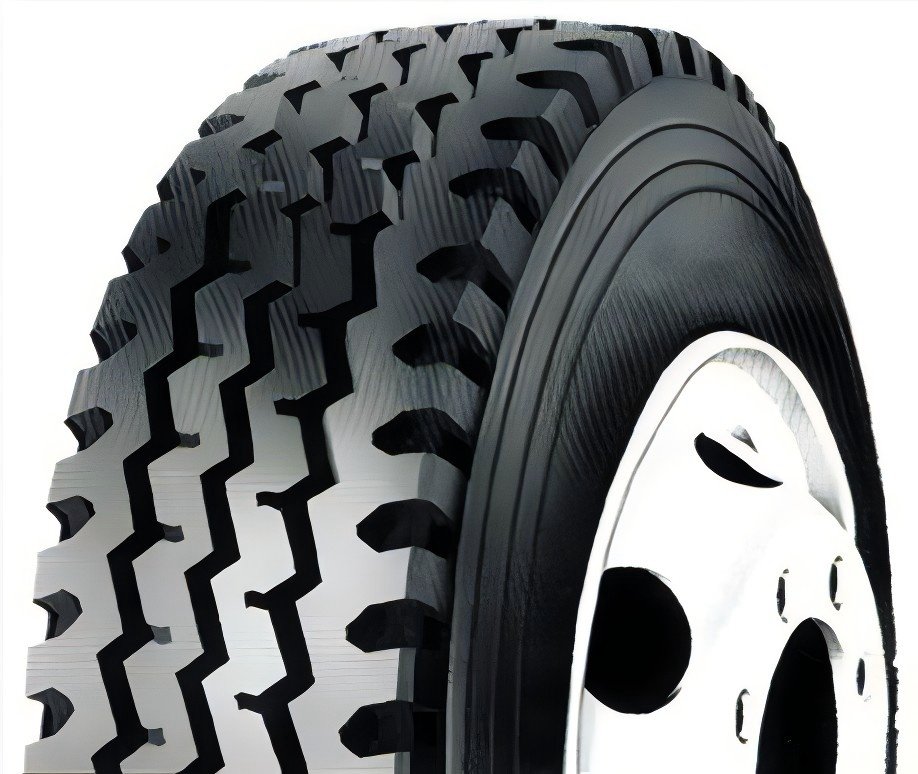Companies do not provide any compensation for "non-three-pack" tires, yet these tires are still highly accepted by many consumers.
Under normal circumstances, tire manufacturers offer a warranty that covers repair, replacement, and refund, which is known as the "three-pack" policy. However, "non-three-pack" tires, as the name suggests, do not guarantee quality and do not provide after-sales services.

Although companies do not offer compensation if "non-three-pack" tires have problems, many car owners and fleets still accept these tires very well. Why is that?
According to reports, this is largely due to the overall market environment and the improvement in the quality of "non-three-pack" tires.
Firstly, with rising costs in labor, fuel, and other expenses, as well as stricter regulations on overloading, the operating costs for vehicles are increasing, while freight rates remain largely unchanged. As a result, car owners try to reduce costs on spare parts, including tires.
Secondly, as the market for "non-three-pack" tires has shown promise, some manufacturers have adopted mature technologies, improving the quality of these tires, especially the exclusive "non-three-pack" and rebranded tires.
Most "non-three-pack" tires on the market are full-steel radial tires. However, "non-three-pack" tires are now also being widely produced for passenger car tires, construction tires, agricultural tires, and loader tires.
Currently, there are several types of "non-three-pack" tires in the domestic market:
Professional "Non-Three-Pack" Tires
Some tire companies, in response to intense market competition, produce and sell "non-three-pack" tires. Some manufacturers even offer OEM services. These companies focus on the development and sale of "non-three-pack" tires and maintain a reasonable level of production, so the product quality is more reliable.
Secondary "Non-Three-Pack" Tires
These tires are produced by large tire manufacturers with established brand recognition in the domestic market. Their core products are typically "three-pack" tires. However, in order to better utilize idle production capacity, reduce manufacturing costs, and increase the use of raw materials (some materials from substandard "three-pack" tires are repurposed for "non-three-pack" tires), they have increased the production of "non-three-pack" tires. These "non-three-pack" products are made using regular production technology and the same management and technical teams as the standard products, ensuring solid quality.
Rebranded "Non-Three-Pack" Tires
These tires are created by removing or cutting off the original brand markings and are sold as "non-three-pack." This category can be divided into several types:
Substandard Rebranded Tires
Tires undergo quality testing before leaving the factory, and some may be discarded due to defects like uneven rubber, overly tight or loose bead areas, lack of rubber, uneven steel wire alignment, or air pockets in the tire body. These defective tires are removed from regular sale and have their markings cut off to prevent market disruption. These tires are generally of lower quality compared to standard products but are sold at a lower price. Due to the original brand recognition, they often sell out quickly.
Excess Inventory and Export-to-Domestic Rebranded Tires
There are two ways to deal with inventory tires. Dealer stock tires typically aren’t rebranded but are sold without a "three-pack" policy, which can be seen as clearing out old stock. Another approach is by the manufacturer’s own stock, where the tires are marked as "non-three-pack" to prevent customers from requesting "three-pack" claims.
Export-to-domestic tires are those that were originally intended for export but were returned due to export tax rebates or other reasons. These tires are usually up to standard and look almost identical to the original products, except for the export-specific markings. However, manufacturers often rebrand these tires to avoid market impact or regulatory issues.
In conclusion, "non-three-pack" tires are increasingly popular due to their cost-effectiveness and improving quality, despite the lack of after-sales service. This market trend has been driven by increasing vehicle operating costs, technological advancements in tire manufacturing, and a variety of tire options now available.



